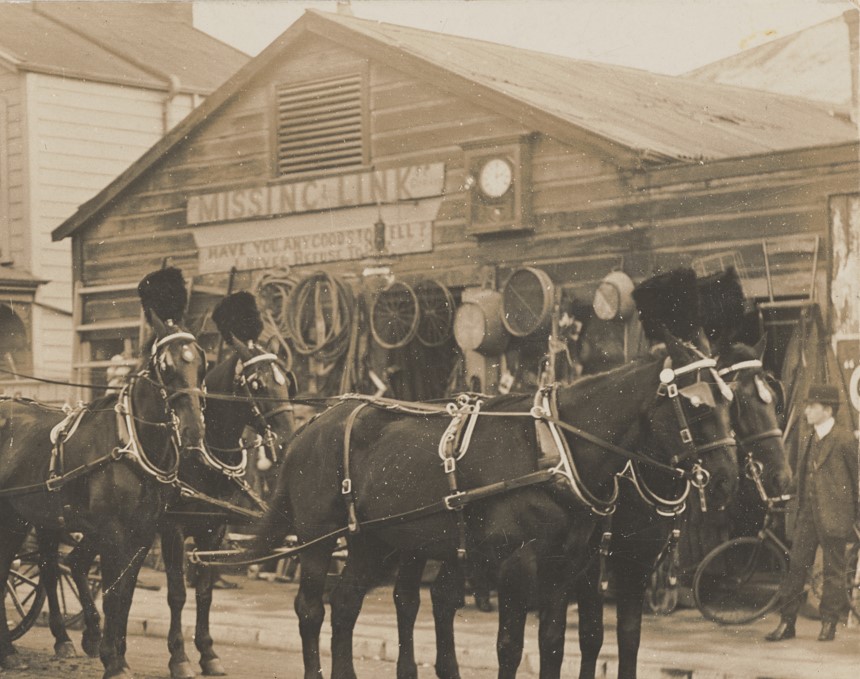“Missing Link” – have you any goods to sell? I never refuse them We recently shared a story with a photo that had the “Missing Link” second-hand shop in the…

Rachel Rothenberg
Rachel was born in Kovno in Russian Poland to Lyons Caselberg and his wife Leah Joseph. In 1840 the family moved to Wales. The rapid expansion of coal mining had…

Eleanor White
‘they also serve who only stand and wait’ Who organised this sweet headstone for a widow? Eleanor White was the eldest child of William and Harriet Jones and born in…

James Phillips
The catastrophe at Miramar At about 3:30pm on 6 June 1910, a mass of earth without the slightest warning came down upon two men who were working in the drive…

Mary Ann Clapshaw
Born in 1849 Mary Ann Tiernan but known as Marion, she was raised in Quebec city, Canada by her Irish born parents. At age 16, she married Evan Davies. They…

Mary Louisa Hancock
Our heads were turned first by the Hancock plot, and after a little delving realised the connection with a plot three along to the right. This is the story of…

Louis Peter Christeson
Louis was born about 1861 in Denmark. He married Eveline Stephens (born 1866) in 1883 in New Zealand and became a naturalised citizen the same year. His profession was recorded…

Alan & Elizabeth Loxton
The couple had only been married a few months before they were accidentally drowned in Wellington Harbour in 1899. Alan Parsons Loxton was born in NSW in 1866. He trained…

Robert Holliday
Robert (Robie) was born in 1855 in Genoa, Italy, the son of Thomas Holliday and Ann Jeal. Thomas moved the family from England due to his work as an Engineer….

George Presswood
G.H.P So mysterious to have only the initials on a plot. By accessing the digitised burial register we realised this is the plot of George Housely Presswood. Knowing how pricey…

